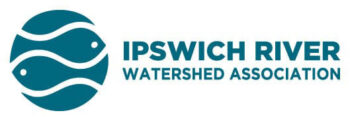River herring were once abundant in the Ipswich River, supporting both the ecosystem food web and serving as a valuable resource to Native Americans and early colonial settlers. The decline of river herring began as dams were built without fish ladders and by 1900, few herring returned to the Ipswich River on their annual, spring spawning migration.
Our goal is to restore river herring in the Ipswich River by restarting herring runs to some of their historic spawning ponds. River herring usually return to the pond where they develop, after spending most of the time at sea. Restarting a run can take advantage of this key feature of their biology by restocking a pond herring with young enough so they will imprint on the pond and return in the future to spawn and complete their life cycle. Hood Pond in Ipswich and Topsfield and Martins Pond in North Reading were both identified as ponds that could be restocked. With the assistance of the Mass. Division of Marine Fisheries and volunteers, we gathered and analyzed water quality data at both locations and found that conditions could support the spawning and development needs of river herring. We hope for restocking to take place in 2019, but it will take several years before results can be seen.
There will be work to do in preparation and support of restocking. Stream channel maintenance will be needed to clear openings through marsh vegetation and the annual herring count will continue to play a vital role in monitoring trends in the herring population over time. Continued support and participation in these and other programs will be needed for this project to be successful in the long-term. Please contact us to learn more or get involved in volunteer programs. Together we can restore the vitality of the Ipswich River and its native fisheries!
[blog_subscription_form title=”Subscribe For More River Updates”]
